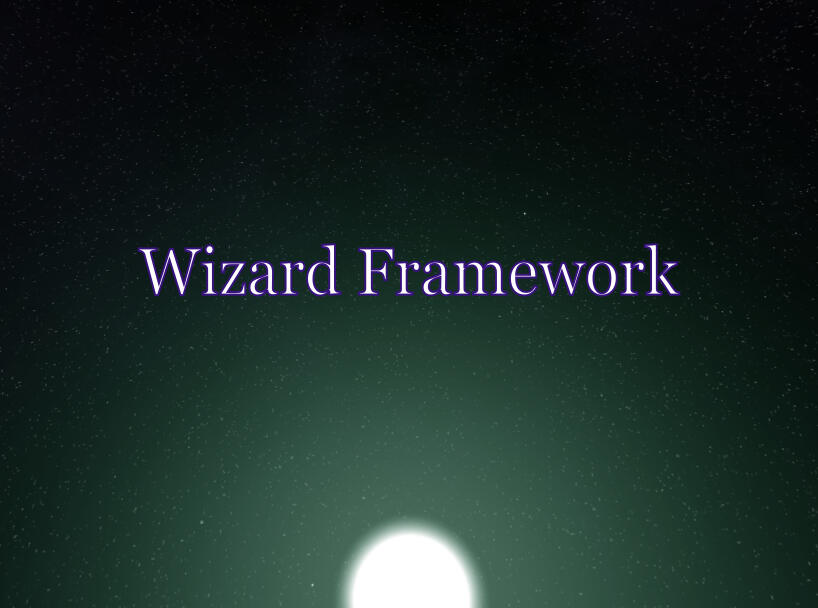Sock Pope - Designer
Quick time events (QTE)Quick time events are a good way to add player input to otherwise boring actions. They can also be used to make the player feel more involved within the action of a scene!
he origin of what we now call a quick time event can be traced back to Shenmue released by SEGA for the dream cast in 1999 where they were called “Quick Timer Events”. This was a slower paced game putting a focus on story telling. Quick Timer Events were used to add context sensitive actions generally during cutscenes. In these events the player would have a limited amount of time to press the prompted button.They were elevated to their modern counter part by games like “God of War” and “Resident Evil 4” in these games the focus was more on action than storytelling, and they were used to add player input to things such as: Boss fight finishers, cinematic boss attacks and cutscenes!Modern TypesThere are many types of QTE. Below are a few I found, also included is any visual feedback and what the QTE achievesMashing -This type of QTE requires the player to press a button a specified amount within a set amount of time.
Timing -This type of QTE requires the player to press the button within a specific time range. If they miss the time range the QTE fails.
Pure Sequence -This type of QTE requires the player to push a series of buttons in sequence! If they press the wrong button the QTE fails.
SequenceQuick time events can and often are also placed in sequence, this type of event can ask the player to pass different types of QTE in a row! Sequence events are great for asking the player to engage and remain engaged in the current goings on, a game that makes great use of this is "God of War" during its boss fights!Character effectsIn all the quick time events a few things happen to the player when they activate and then complete a QTE.1. The player is locked in place.2. The player is asked to preform some kind of input3. Play, an animation based on the success of the QTEIt is important that the player has no other options during the event so that no accidental inputs can be made! Locking the camera and screen also keep the player focused on the event.One way that this might be achieved is to remove the current mapping context, stopping the player from being able to access those controls.When are they funQuick Time Events became a big trend in the mid 2000s and a lot of games added them in when they might have benefited from a different system. This caused a lot of gamers to become weary of their inclusion! They can, however, be a good addition to a game’s mechanics! Some examples of good QTE are:“God of War” – These are used to inject the player into climatic fights letting the player feel like they are personally ripping these gods apart.“Lego Games” – While not super apparent Lego games make great use of QTEs to break up otherwise “press and forget” actions. Things such as hitting the bell on a strongman machine or pulling something off using a grapple! They add something more dynamic to otherwise mundane actions“Black Desert Online” – Similar to the Lego games, BDO uses quick time events in its more mundane areas, the example given earlier was fishing! Having a QTE here breaks up the monotony of fishing and adds a skill-based element that’s more than where you position the rod!All of this points to QTEs being a good addition when they are used to involve the player in the ongoing story of the game, be that strength, skill or narrative!
FlowBattle is a simple strategy game I built to figure out the limits and restraints of the flowcharting webstite "Machinations"
It has turns, a small economy and a leveling system!The player is tasked with fighting an endless wave of enemies while both the player and the enemies get stronger!Link below

The wizard framework was a piece of work I created for my "Systems Design" Module which was graded at an 89.5%. This module was aim at getting us to think about games as a collection of systems instead of a simple idea. The task given to us was to create a gameplay framework for a game based around a "possesion" mechanic. As TT games' "Lego" series is a massive inspiration I went for something similar, where the player would be able to choose between different characters, each with their own abilities and use cases.The main goal of this framework was to create a system that could be easily expanded upon and new content could be easily created.This starts with the way I handle different characters abilities. Instead of having a child class for each ability, I opted to use actor components for the abilities instead, as they could be mixed and matched onto different characters easily, allowing designers to create distinct characters only by only changing the components currently on the character!Next I had to create a way for the abilities to actually interact with things. I opted to create a base class which would handle ability identification and success checking. Ability specific logic and interactions could then be handled in the children! This made something like a door that can only be opened by characters with the "door" ability super simple to create and iterate upon.One of the main challenges of this framework was I wanted to try and make it as player agnostic as possible, so if a person using the framework wanted to make it splitscreen or multiplayer everything would still work as intended. The main side effect of this was the "Party Manager" which handled the different characters in the players party.
Its two responsibilities were: Spawning the party from the save game and swapping the players possession between characters!Another thing that became important to me was learning to create a working save system for the framework. This would allow me to learn more about the "Game instance" and more about perpetual data.
The save system is what I am most proud of in this project, it stores which artifacts have been collected, who the current members of the part are and what level the player is currently on!
This information is all held within dictonary of "level data" structs meaning new information can be added with incredible ease, only having to add the interaction with the game instance what would communicate the data to the save game!All of this is bundled in a package with a few examples and a demo level showing it all off! This demo is unfortunately not available on itch, due to copyright constraints however there is a link to my post mortum video found above!

I created ProSnaker during summer break as a way to improve my mechanics design! I wanted to take on the challenge of creating a game based around a single mechanic, and refine that into something great!The creation of this mechanic was fueled by the core concept of "what if snake was like tony hawk". Creating this feeling was my main goal and I like to think I came close!The main challenge when designing the game was how to keep the two score systems, Fruits and Tricks, in balance. Early play tests had players heavily leaning on one or the other.
With this in mind I created a new trick "Ouro" based on the mythological creature "Ouroboros" where the player could consume their own tale to gain a massive amount of combo. This small change added the intresting dynamic between spending your time picking up fruits and going for tricks! There was also an added layer of risk going for this trick as hitting anything but the last segment will cut off the snakes tail at the hit.This extra bit of risk also inpired me to look back at my inspirations, and adapt another mechanic, "Manuals". These are combo extenders that serve as a bridge between tricks and jumps. I wanted to use the original snake as inspiration here and took the parts where you are turning and twisting around your body and made that into what I called "Slider" tricks! These are activated by moving alongside the snakes body and can be maintained for as long as the player wants!Next was the implementation of a combo system which required me to look at a completely different genre for inspiration: Fighting games. I found that one of the ways they construct their systems is to encode a string with the different inputs, and then at a decided point, decode that into an action!
My decided point would be after every trick, (detected by a couple line traces on the snakes head), I then had a fallback that if a trick didnt exist to ignore the string and just display the last input given (each single input had an associated trick)I think one of the most important parts of a combo system, is how it gives feedback to the player, without this feedback it can feel dull and unimportant.
With this I took inspiration from other games with combos such as "Tony Hawks Pro Skater 2" and "Devil May Cry".
The result of this research was a combo list at the bottom of the screen which would have each trick added to it, and an animation that plays after each trick!
This added a sense of continuance to the combo while also informing the player of how well they were doing!If I were to take this game further I would love to add more variety to the character model, the shape of the snake is currently based on a curve so it would be super easy to either add new shapes, or let players modify the curve themselves!

Sock Pope
She / Her
Level 5 Game Design
@Stafforshire Univeristy
| Communications Officer for Staffs Cosplay Society |
| Unreal Engine - 1.5 Years |
| Unity - Currently Learning! |
| Currently I have been playing a lot of balatro ! |
| 2D Games Development |
| C# For Game Designers |








